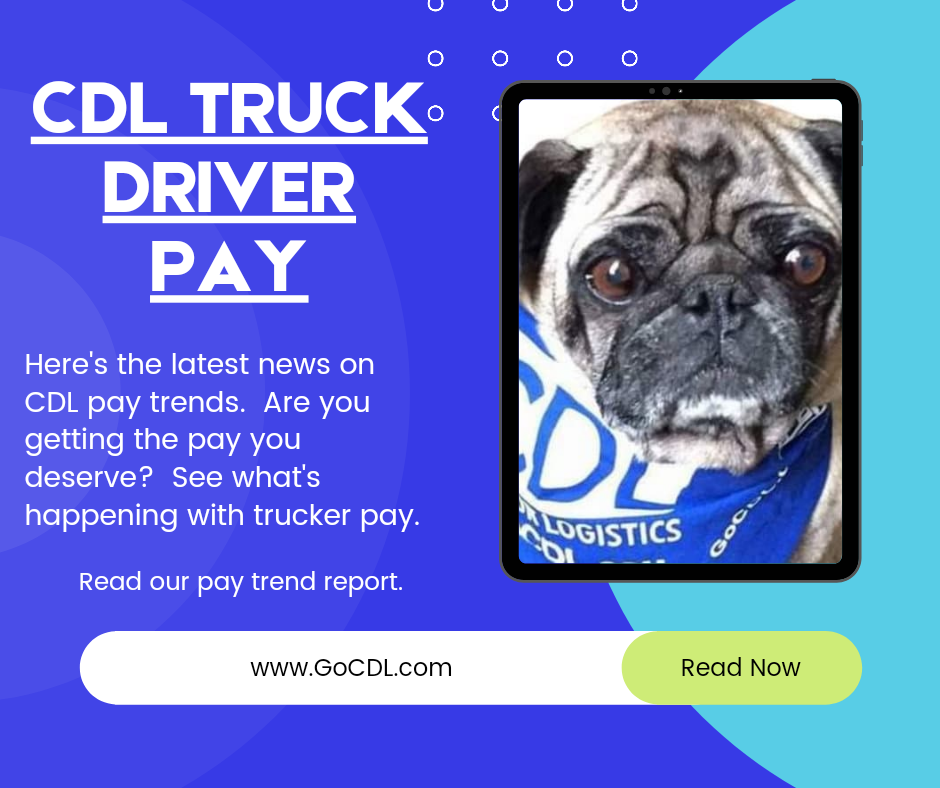The life of a trucker can be a challenging and rewarding one, but it’s important to understand the different types of work available and how they can impact work-life balance. Two of the most common types of trucking jobs are over-the-road (OTR) and local home daily work, and each has its own set of benefits and challenges when it comes to balancing work and personal life.
Over-the-road (OTR) trucking refers to long-haul trucking, where drivers are often on the road for weeks at a time. OTR truckers may travel across the country, hauling goods and delivering them to various destinations. The pay for OTR truckers is often higher than for local drivers, and the earning potential can be significant. However, the lifestyle can also be demanding, as drivers may be away from home for extended periods of time, and the isolation and long hours can take a toll on personal relationships and family life.
On the other hand, local home daily trucking refers to drivers who work within a specific geographic area, such as within a state or region. These drivers typically work shorter routes, delivering goods to a variety of locations within a specific area. The pay for local drivers is often lower than for OTR drivers, but the schedule can be more flexible and the lifestyle can be more conducive to maintaining personal relationships and family life.
One of the biggest benefits of OTR trucking is the earning potential. OTR truckers can earn a significant income, and the pay often increases with experience and seniority. Additionally, many OTR trucking companies offer bonuses for safe driving, fuel efficiency, and on-time delivery, which can add to the earning potential. However, the demands of the job can also make it difficult to maintain a work-life balance. Drivers may be away from home for weeks at a time, and the isolation and long hours can take a toll on personal relationships and family life.
On the other hand, local home daily trucking offers more flexibility in terms of scheduling and lifestyle. Drivers are able to spend more time at home and maintain personal relationships and family life. The pay for local drivers is often lower than for OTR drivers, but the schedule can be more flexible, and the lifestyle can be more conducive to maintaining personal relationships and family life. Additionally, for some drivers, the ability to be home daily can be a significant factor in their decision to choose local driving over OTR driving.
Another difference between OTR and local driving is the physical demands of the job. OTR truckers often drive longer distances, which can lead to more wear and tear on the body. Additionally, OTR truckers may have to deal with adverse weather conditions and challenging road conditions, which can be physically demanding. On the other hand, local drivers typically drive shorter distances, which can be less physically demanding.
When it comes to work-life balance, it’s important to consider your personal priorities and goals. For some drivers, the higher earning potential of OTR trucking may be worth the demands of the job and time away from home. For others, the flexibility and lifestyle of local home daily trucking may be a better fit. Ultimately, it’s up to each individual driver to weigh the benefits and challenges of each type of work and make the decision that’s best for them and their personal circumstances.
In conclusion, being a trucker can be a challenging and rewarding career. The choice between OTR and local home daily work will depend on the driver’s personal priorities and goals. OTR drivers can earn a significant income, but the demands of the job can make it difficult to maintain a work-life balance. On the other hand, local drivers have more flexibility.

